Exploring Our Interconnectedness With the Earthworks at ASU Art Museum
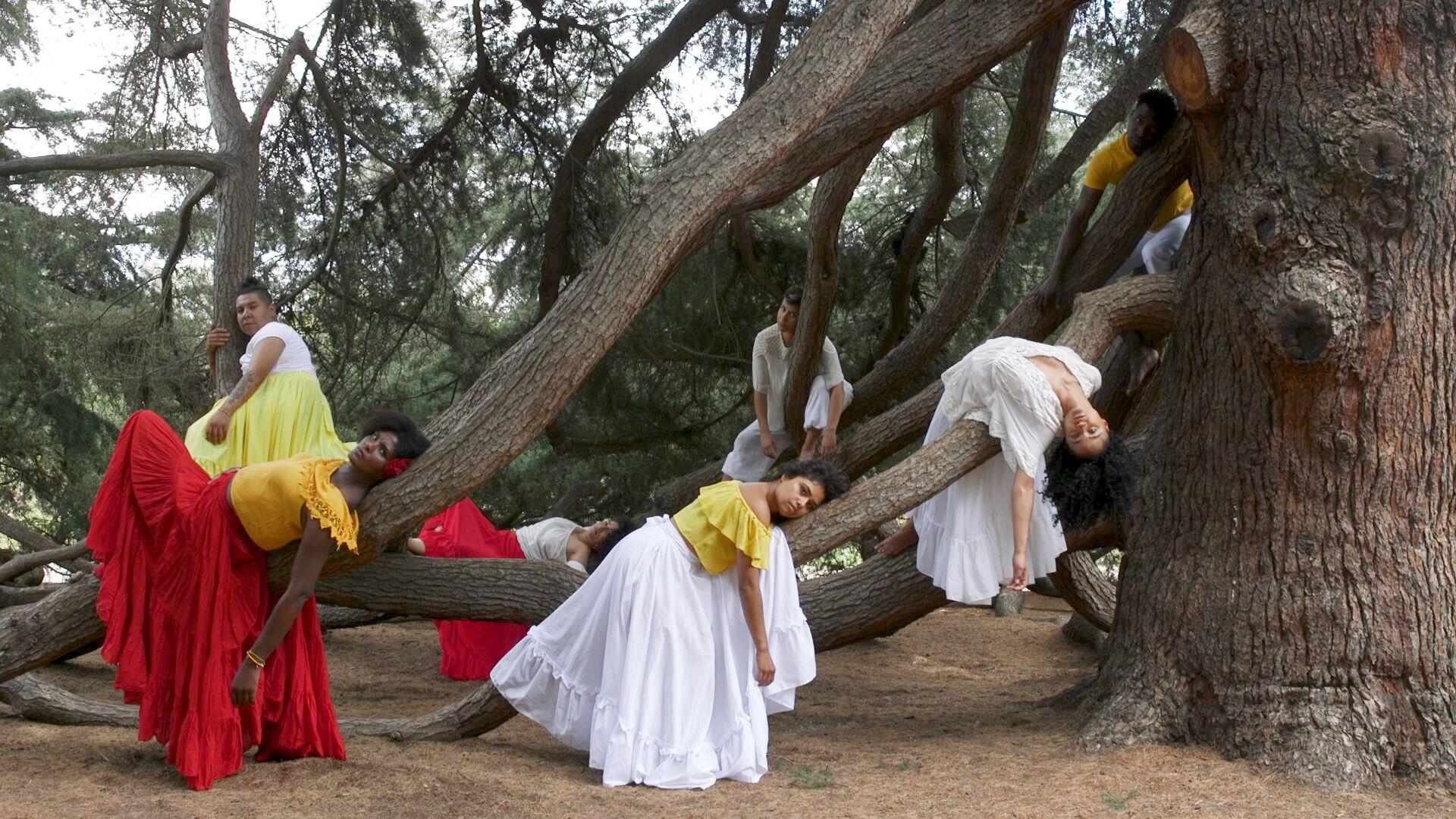
The beginnings of the environmental movement and the rampant commoditization of American art influenced what is now known as the Earthworks Art Movement. Earth art, or Earthworks, inspired artists to use the natural landscape to create site-specific structures, art forms and sculptures. The favored materials of Earthworks’ artists were those that could be extracted directly from nature, such as stones, water, gravel and soil.
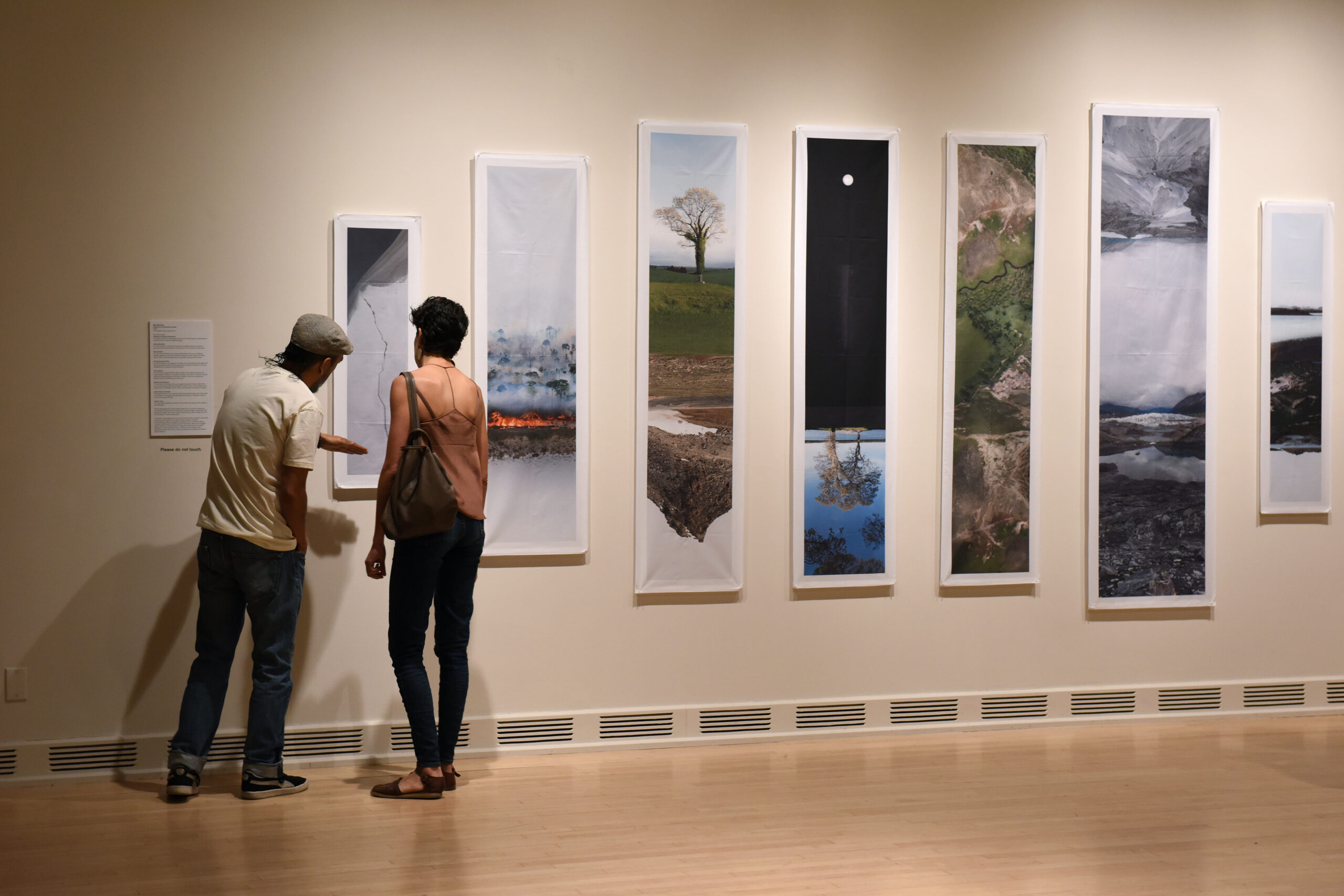
According to Michael Heizer, a well-known artist of the original Earthworks movement, “The desire to engage the larger concerns of the landscape, its character and our relation to it, was an expression of dissatisfaction with the limited concerns of painting and sculpture per se.” Now, decades later, similar sentiments are echoed among the newest generation of Earthworks’ artists.
“New Earthworks,” an exhibition of eight contemporary artists exploring our interconnectedness with the earth, recently opened at the ASU Art Museum to an audience facing daily reminders of the ongoing climate crisis. The exhibition, co-curated by artist Mark Dion and ASU Art Museum Curator Emeritus Heather Sealy Lineberry, put on an achingly beautiful display of works that strive to share an understanding of the earth as something other than a limitless resource or romanticized ideal.
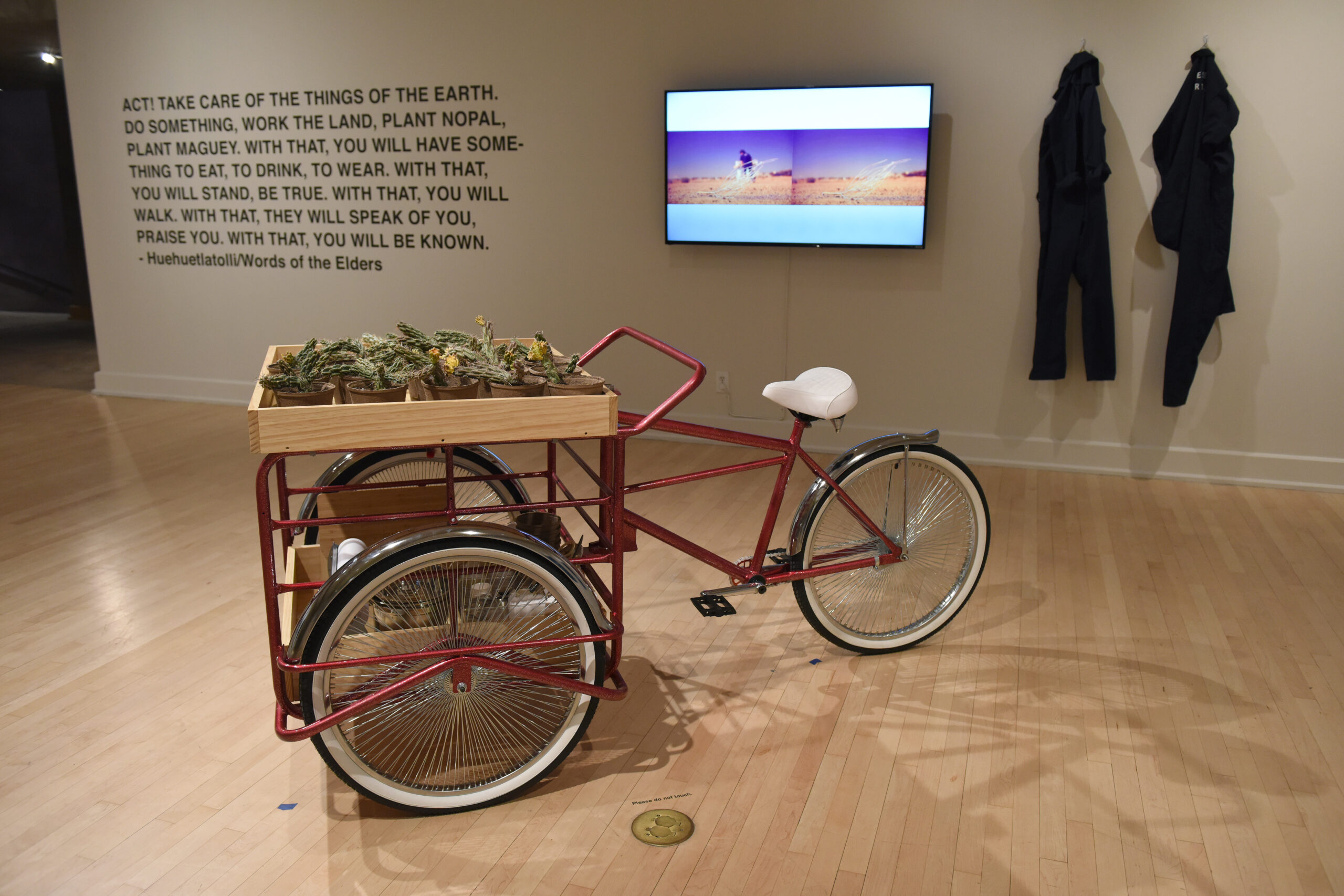
Reminiscent of the Earthwork artists of the 1960s and 70s, these artists utilize site and non-site systems of experiential installations or events in the landscape with sculpture, photographs, films, drawings, texts and objects created in the studio. However, the “New Earthworks” artists are not bound by the historical definition of earth art from decades ago.
“A maverick group of younger artists are expanding Earthworks into increasingly urgent territory,” Mark Dion explains. They are “adopting Earthworks strategies but with a contemporary vocabulary unavailable to previous practitioners. Current notions of ecological crisis, environmental racism, the culture of intentionality, queer theory and diversity are very much at the heart of this new group of earth artists.”
As an active participant of the “New Earthworks” art exhibit, it’s hard not to be moved by the obvious statement each artist is trying to make: we are not separate from the earth, and what we do to one we do to the other. A dying planet means a dying species. If you have already made this realization, then the journey through this exhibition is likely to move you to tears.
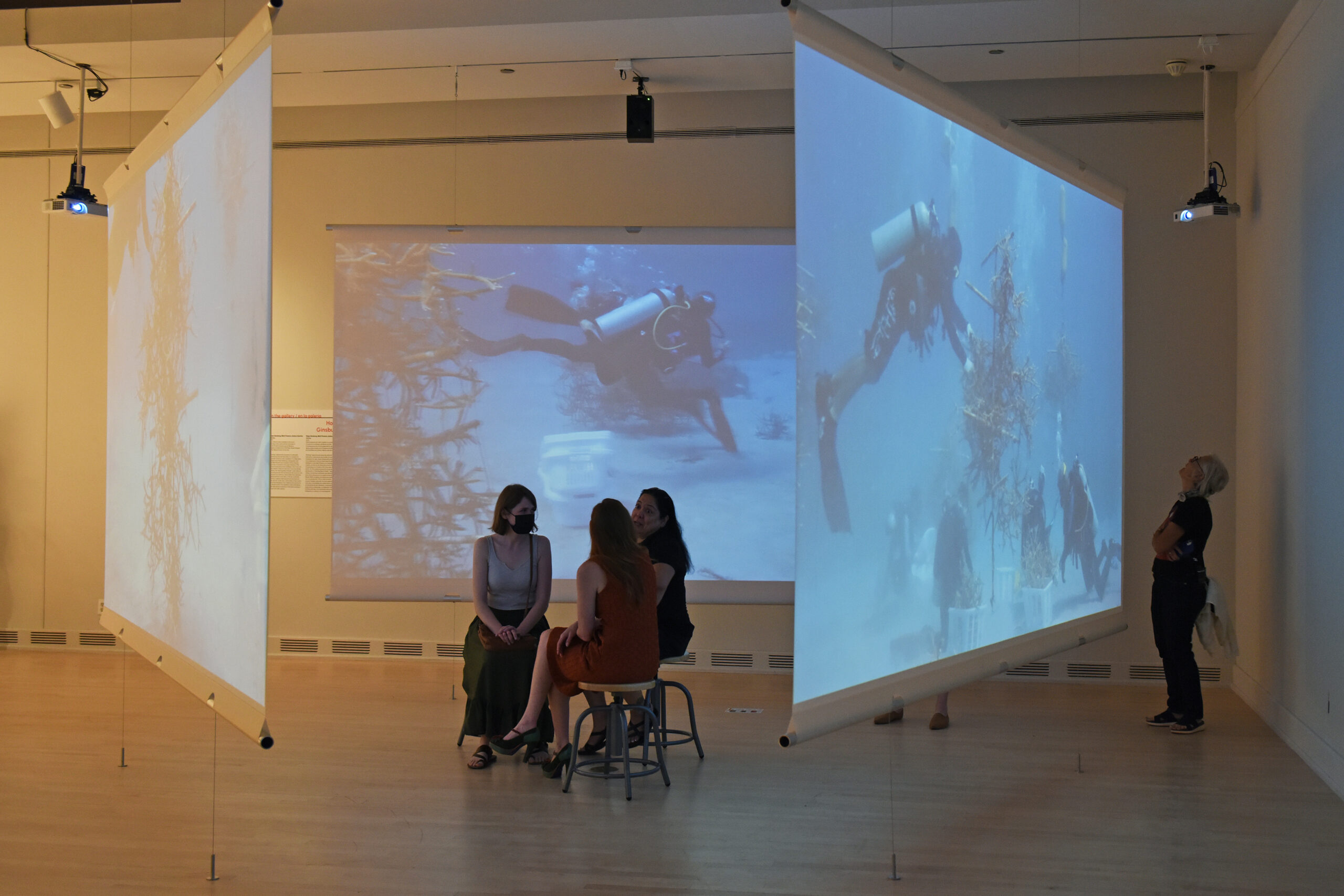
With sculptures bringing deforestation to your feet; ceiling-to-floor videos immersing you in the heated waters that threaten our coral reefs; films inviting BIPOC and LGBTQ+ bodies into the traditionally white and privileged spaces of libraries, museums and botanical gardens; and much more, the exhibit opens by showcasing some of the most pressing issues we face today.
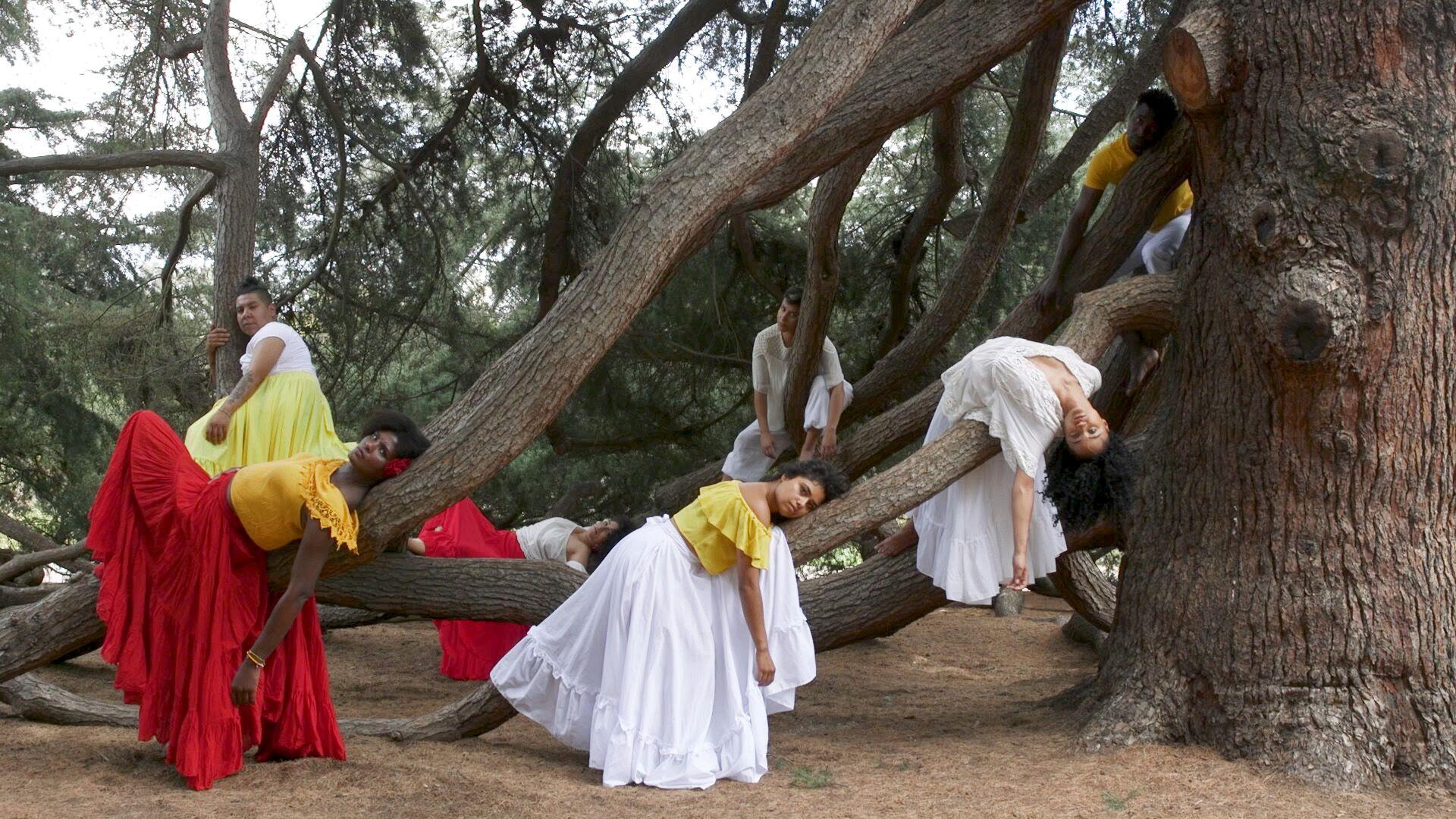
Continuing through “New Earthworks,” you’re met with interactive art that proposes climate action. Heather Lineberry describes these pieces as utilizing “creative and utopian thinking to find resiliency, healing and optimism for bringing together Indigenous and scientific knowledge, [as well as] positive approaches to life in the increasing global drylands.”
Overall, “New Earthworks” offers an emotional and psychological space to recognize that change is needed to heal our planet and ourselves.
The “New Earthworks” exhibition is on view now through September 25, 2022, at the ASU Art Museum at Nelson Fine Arts Center.
Written by Adriana Bachmann, as seen in Green Living Magazine.

